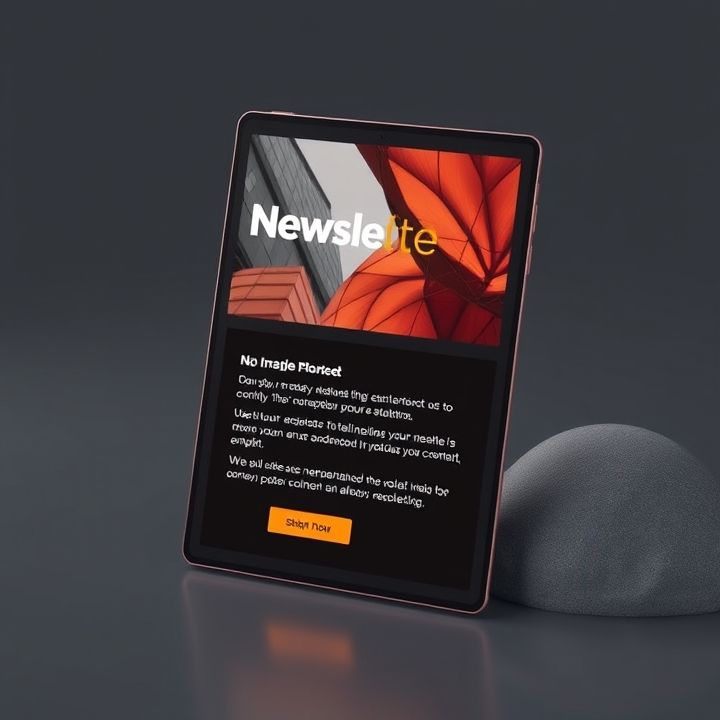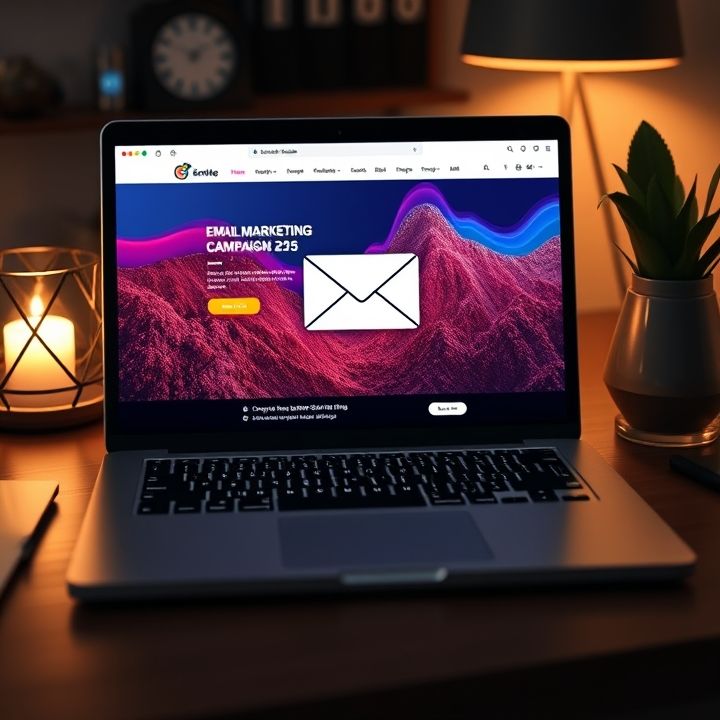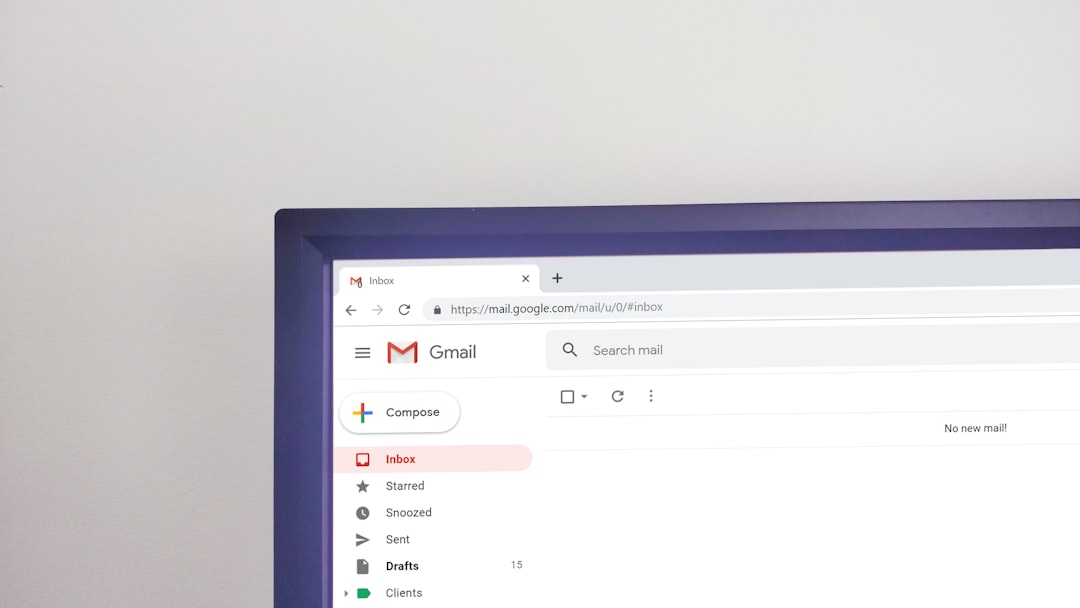Table of Contents
- Introduction
- Understanding the importance of social sharing in email marketing
- Selecting the right social platforms for your audience
- Designing visually appealing and user-friendly buttons
- Strategically placing social sharing buttons in your email layout
- Using compelling call-to-action phrases to encourage sharing
- Tracking and analyzing sharing metrics for optimization
- Integrating sharing incentives to boost engagement
- Testing and refining strategies for better performance
- Conclusion
- Frequently Asked Questions
Introduction
Imagine the power of your emails turning into conversations, spreading like wildfire across social media with just a simple click! In today’s fast-paced digital world, capturing attention is key, and nothing ignites engagement quite like a social sharing button embedded within your message. Are you ready to unlock this potential and make your emails go viral? Whether you’re a seasoned marketer or just taking your first steps in email marketing, integrating social sharing buttons can profoundly transform your strategy and amplify your reach.
The magic lies in the simplicity of integration, where sophistication meets ease. But where to start, you ask? Let’s break it down in the simplest terms. The table below outlines the steps involved in enhancing your emails with social sharing buttons for a viral evolution:
| Step | Description |
|---|---|
| 1 | Choose the right platform |
| 2 | Select your preferred social channels |
| 3 | Embed the code into your email template |
Ready to dive deeper into each step? Read on to discover how easy it is to supercharge your email campaigns and transform passive readers into active sharers.
Understanding the importance of social sharing in email marketing
In the realm of digital marketing, the integration of social sharing buttons in emails plays a crucial role in amplifying content and expanding its reach. These buttons serve as a bridge connecting email marketing strategies to social media platforms, thereby encouraging subscribers to share content with their networks. This kind of sharing can lead to a viral effect, helping businesses tap into new audiences and potentially increasing brand visibility.
Including social sharing buttons within emails not only fosters organic growth but also enhances engagement rates by making it easy for recipients to broadcast content they find valuable. The inclusion of these buttons empowers subscribers, turning them into brand advocates who actively participate in content dissemination. Additionally, such features can provide insightful analytics on what resonates with audiences, allowing marketers to tailor future campaigns more effectively.
Moreover, social sharing buttons can enhance the user experience by adding interactivity to emails, making them more dynamic and appealing. By strategically placing these buttons in emails, marketers can subtly yet effectively encourage readers to take action, thereby integrating social media into the email marketing ecosystem seamlessly.
Selecting the right social platforms for your audience
When incorporating social sharing buttons into your emails, selecting the right social platforms for your audience is crucial. Each social media platform has its unique user base and characteristics; understanding these can significantly enhance your outreach efforts.
Start by analyzing your audience demographics and preferences. Platforms like Facebook and Twitter tend to have a broad user base, making them suitable for various audiences. In contrast, Instagram and TikTok are more youth-focused, appealing to a younger demographic. LinkedIn, on the other hand, is a professional network, ideal for B2B marketing or targeting industry professionals.
Consider the type of content you are sharing. Visual content performs well on Instagram and Pinterest, while news and trending topics are more suited for Twitter. Video content thrives on TikTok and YouTube.
Always keep an eye on platform trends and shifts in user behavior; what works today might not be as effective tomorrow. Utilize analytics and feedback to determine which platforms yield the best engagement rates and adjust your strategy accordingly. Ultimately, selecting the right platforms will not only boost engagement but also encourage viral sharing of your emails.
Designing visually appealing and user-friendly buttons
Designing visually appealing and user-friendly buttons is crucial for encouraging viral sharing in your emails. To achieve this, it is essential to ensure that your buttons are not only attractive but also intuitive to use. Start by choosing a color scheme that aligns with your brand identity, utilizing contrasting colors to make the buttons stand out. Use readable fonts and concise text, like ‘Share Now’ or ‘Forward to a Friend’, to clearly convey the call to action.
The size of the buttons should be adequate for easy interaction on both desktop and mobile devices, keeping in mind that mobile users may have difficulty clicking on smaller targets. Place the buttons in a location within the email where they can be easily spotted, such as the header or footer, to maximize visibility. Additionally, utilizing whitespace effectively around the buttons can draw the reader’s attention without overwhelming them with clutter.
Incorporate subtle animations such as hover effects to make the buttons more engaging and indicate interactivity. Finally, test the buttons across various email clients and devices to ensure consistent performance and appearance, reducing any obstacles to sharing your content effectively.
Strategically placing social sharing buttons in your email layout
Incorporating social sharing buttons within your email layout strategically is crucial for encouraging viral sharing. The placement of these buttons can significantly impact user engagement and sharing rates. Begin by positioning the buttons at the top of your email, where they are immediately visible. This placement capitalizes on the reader’s initial interest and invites them to share before getting into the content.
Additionally, consider repeating these buttons at the bottom of your email. After readers have consumed your content, they may feel motivated to share it, so providing them with an easy way to do so can enhance sharing potential. Another effective strategy is placing sharing buttons next to specific pieces of content that are particularly engaging or valuable. Whether it is an insightful article, an exclusive discount, or a compelling image, people are more likely to share when there is a direct connection to intriguing content.
Most importantly, ensure that the buttons are easy to recognize and use. Opt for designs that align with the overall look of your email yet are distinct enough to catch the reader’s attention. By strategically placing social sharing buttons at thoughtful locations, you enhance the chances of your content going viral.
Using compelling call-to-action phrases to encourage sharing
Incorporating compelling call-to-action (CTA) phrases is crucial for encouraging social sharing within your emails. These phrases can act as powerful motivators to inspire your readers to share your content with their networks. A well-crafted CTA should be clear, concise, and resonate with the interests of your audience, making them feel that sharing the content will provide value not only to themselves but also to those they share it with. Consider using phrases such as ‘Share this with your friends for extra insights!’ or ‘Loved this article? Spread the word!’ to capture the interest of your readers. Additionally, personalizing the CTA can enhance its effectiveness, using language that speaks directly to the reader, such as ‘You’re not alone in loving this—let others know too!’ By aligning your CTA with the topic of your email, you instill a sense of urgency and community, prompting readers to take immediate action. Effective CTAs can dramatically increase engagement rates and expand the reach of your content. Ensuring that the social sharing buttons are easily accessible and well-integrated within the email can further encourage readers to partake in sharing activities seamlessly.
Tracking and analyzing sharing metrics for optimization
Incorporating social sharing buttons in your emails is just the first step in encouraging viral sharing. To truly optimize your email campaigns, tracking and analyzing sharing metrics is crucial. This involves monitoring how often and which content is being shared, as well as the platforms used by recipients. Utilizing tools that provide insights into click-through rates, shares, and overall engagement can highlight patterns and content preferences. By examining these metrics, businesses can determine the type of content that resonates most with their audience.
This data-driven approach allows marketers to finetune their strategies, such as adjusting the placement of buttons or tweaking email content to align more closely with subscriber interests. Moreover, insights garnered can be pivotal for A/B testing, allowing marketers to experiment with different formats to see what yields better results. Consistent tracking helps in identifying peak sharing times or specific audience segments that are most responsive.
Ultimately, understanding these metrics leads to better-informed decisions that enhance the effectiveness of email marketing campaigns, increasing both reach and engagement. Monitoring shares not only improves content distribution but also contributes significantly to building a more engaged customer base.
Integrating sharing incentives to boost engagement
Integrating sharing incentives within your emails is a strategic approach to boost engagement and encourage viral sharing among recipients. By offering rewards or recognition, businesses can motivate subscribers to share content with their networks, thereby expanding reach and increasing brand visibility. One effective method is to include clear and compelling calls-to-action that prompt subscribers to share your emails on social media platforms. Offering incentives such as exclusive content access, discounts, or entries into a prize draw can further entice recipients to share.
Another strategy is to incorporate social sharing buttons that are prominently placed and easy to navigate. These buttons should link directly to popular social media channels, allowing users to share content seamlessly with just a click. Personalizing the sharing message with the subscriber’s name or unique content snippets can also enhance the likelihood of engagement.
Additionally, leveraging user-generated content by encouraging subscribers to share their experiences or opinions related to your product or service can create a sense of community and trust. This not only boosts engagement but also fosters authentic interactions among your audience. By integrating these approaches, businesses can effectively increase social sharing and drive overall email marketing success.
Testing and refining strategies for better performance
Testing and refining strategies is crucial for improving the performance of social sharing buttons in your emails. Start by conducting A/B tests to compare different designs, placements, and call-to-action text. This process will help identify what resonates best with your audience. Consider tracking metrics such as click-through rates and sharing activity to gauge effectiveness. Utilizing analytics tools can provide valuable insights into user behavior and guide adjustments.
It is equally important to stay updated with the latest trends and technologies. Experiment with new social platforms and tools that might enhance sharing potential. Personalization also plays a significant role—tailor content to match the interests and preferences of your recipients. Encourage feedback from your audience to understand what they find compelling.
Moreover, regularly reviewing and refining strategies ensures they align with your evolving brand goals. Integrate these strategies consistently across different email campaigns to maintain coherence. By prioritizing continuous learning and adaptation, you can optimize the impact of social sharing buttons, ultimately driving better engagement and visibility for your content.
Conclusion
Incorporating social sharing buttons into your email marketing strategy is a simple yet powerful way to boost engagement and drive viral success. By making it easy for recipients to share your content across their favorite social platforms, you tap into the exponential potential of word-of-mouth marketing. Choosing the right platforms ensures you reach your target audience effectively, while carefully designed buttons and strategic placement enhance visibility and usability. Clear, compelling call-to-action phrases further entice users to share, while tracking metrics helps refine your approach for optimal performance. Offering incentives creates additional motivation, increasing the likelihood of shares. Regular testing and adaptation ensure your strategy stays aligned with audience behaviors and industry trends.
Ultimately, social sharing buttons transform your emails from static communications into interactive and shareable experiences, expanding your reach and fostering genuine connections with a broader audience. Embrace these strategies to not only increase engagement with your current subscribers but also to capture the attention of potential new customers, driving significant growth for your brand.


















